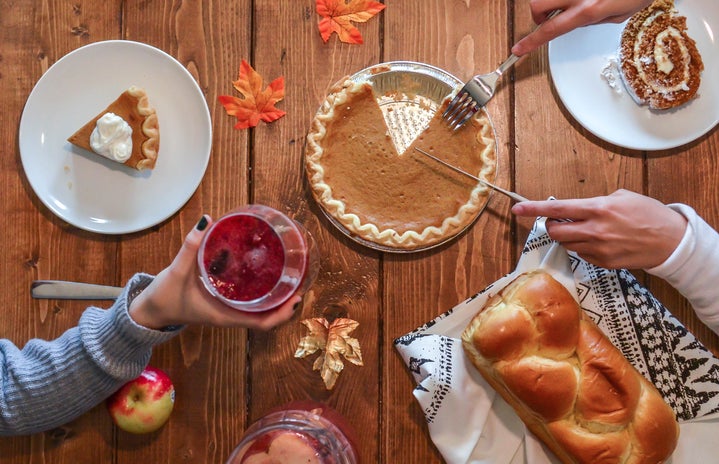With the crimson and gold leaves ripe for viewing, what more could make this autumn better. The answer to that is food. There are so many autumn specialties in Japan and we should take this chance to fully enjoy this season’s momiji with a good meal, snack, and who could forget dessert.
Sanma
I believe sanma is known as a ‘pacific saury’ in English but in Japanese its literally written as ‘autumn sword fish’ – 秋刀魚. It is the representative fish of autumn and not a year goes by where sanma is not eaten in the fall. They are normally caught in the fall, skinny, and silver which is pretty much like a sword in autumn. The sanma season is nearly over as I write this however, as their seasons begins in late August and ends in late November. It’s a pretty versatile fish and is prepared in a variety of ways. The most popular way to prepare sanma is probably shioyaki (塩焼き), which literally translates to ‘grill with salt.’ Amazing, tastes great, and makes you feel energized for anything. There’s even a sanma festival in Tokyo where you can eat grilled sanma to your heart’s content. Besides the shioyaki style there’s the kabayaki, mirin boshi, donburi, and a lot more. However, no matter how it is prepared, this staple fish is worth trying.
Chestnuts
An iconic autumn flavor in Japan, they are known as kuri (栗) in Japanese. It is also referred to as marron when used in desserts. Kuri can be roasted, boiled, steamed, candied, and even made into flour. They can be used in so many dishes not just sweets as kuri are most often associated with the dessert monburan (モンブラン) – mont blanc cake. Roasted chestnuts or yakiguri/yakiamaguri are a nationwide favorite snack during the autumn season. They can be found being sold at many street vendors and even supermarkets. Yakiguri are toasty and just taste like autumn. But of course, if you want to go down the chestnut sweets aisle there is plenty to offer. There’s kurimushi yokan, kuri dango, mont blanc, kuri manju, kuri kinton, and kuri no kanroni. These can be found at any Japanese style sweets shop (mont blanc are more often found at Western style sweets shops but can be found at Japanese ones as well). To close off the chestnut dishes, there’s kurigohan (栗ご飯) which if you can read the kanji for, it means chestnut rice. It’s literally chestnuts and rice with a few extra things in there but a staple dish in autumn nonetheless.
Sweet Potato
If you have been to Japan in autumn and have not tried a single yakiimo you have missed out on one of Japanese autumn’s greatest pleasures. Sweet potato in Japan is called a サツマイモ (satsumaimo) and is incredibly versatile. When you think of autumn in Japan there is sanma but satsumaimo stands right alongside the autumn sword as a staple autumn food. The warmth of a freshly roasted sweet potato and the sweet flavor that accompanies it warms you right up. It is commonly enjoyed as a snack despite being quite filling and full of nutrients. It is much sweeper than many sweet potato varieties found in the west (especially in the States). They can be roasted, steamed, deep-fried, baked, crushed, and even put in miso soup. Some popular ways to enjoy it other than simply baked or roasted is as tempura, daigaku imo (deep-fried sweet potato cubes with syrup and sesame seeds), manju, taiyaki, pie, cake, tarts, dango, and cheesecake. Imo yokan (芋ようかん) is one of the most popular ways satsumaimo is enjoyed here in Japan. It is a rectangular, gelatin made, sweet potato snack. A popular Japanese sweets shop is well-known for its imo yokan and other satsumaimo sweets (which I have hyperlinked).
These are three autumn foods to enjoy in Japan. For those of you here, make sure to try out as many different forms of these three foods as you can! Spring may have sakura, lots of flowers, and more fruits, autumn has a pretty strong lineup as well. For those who are looking to come to Japan, autumn is highly recommended as it is not too hot or cold, the autumn foliage is a sight to see, and there are many delicious foods to enjoy the sights with.

